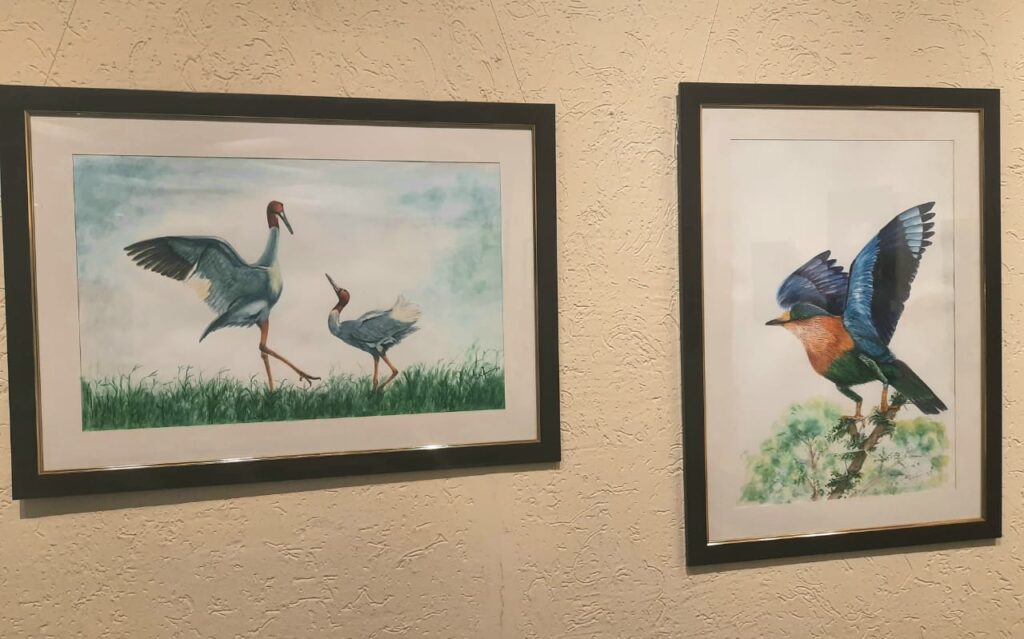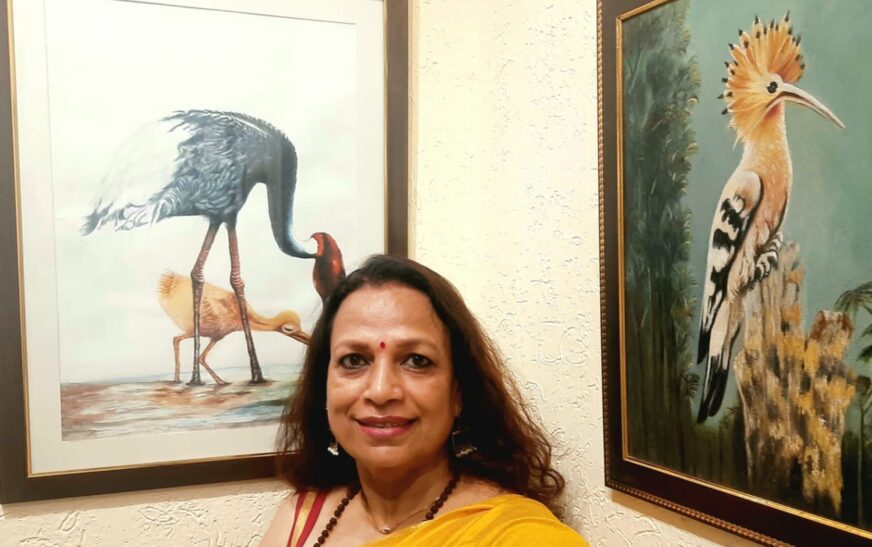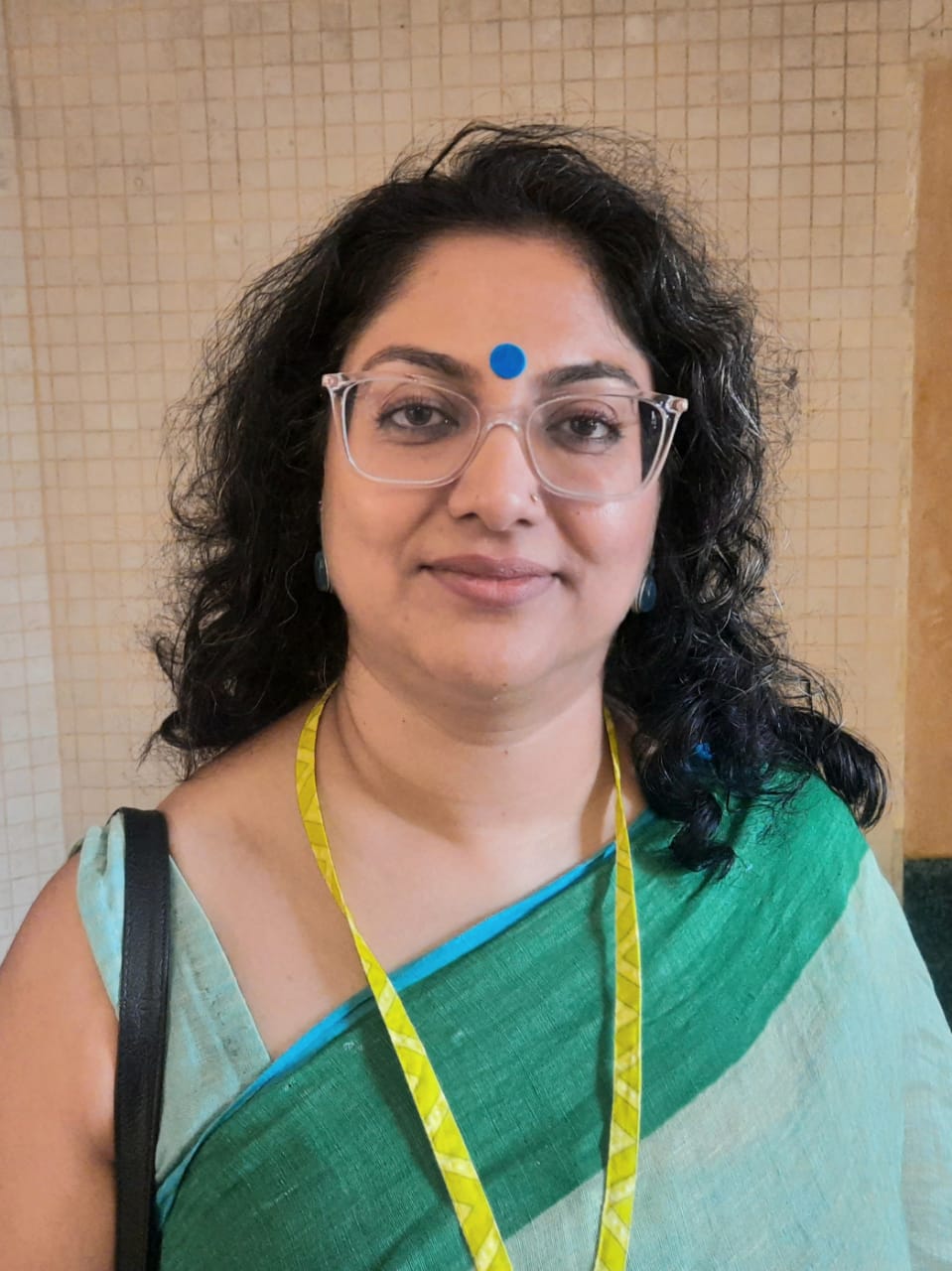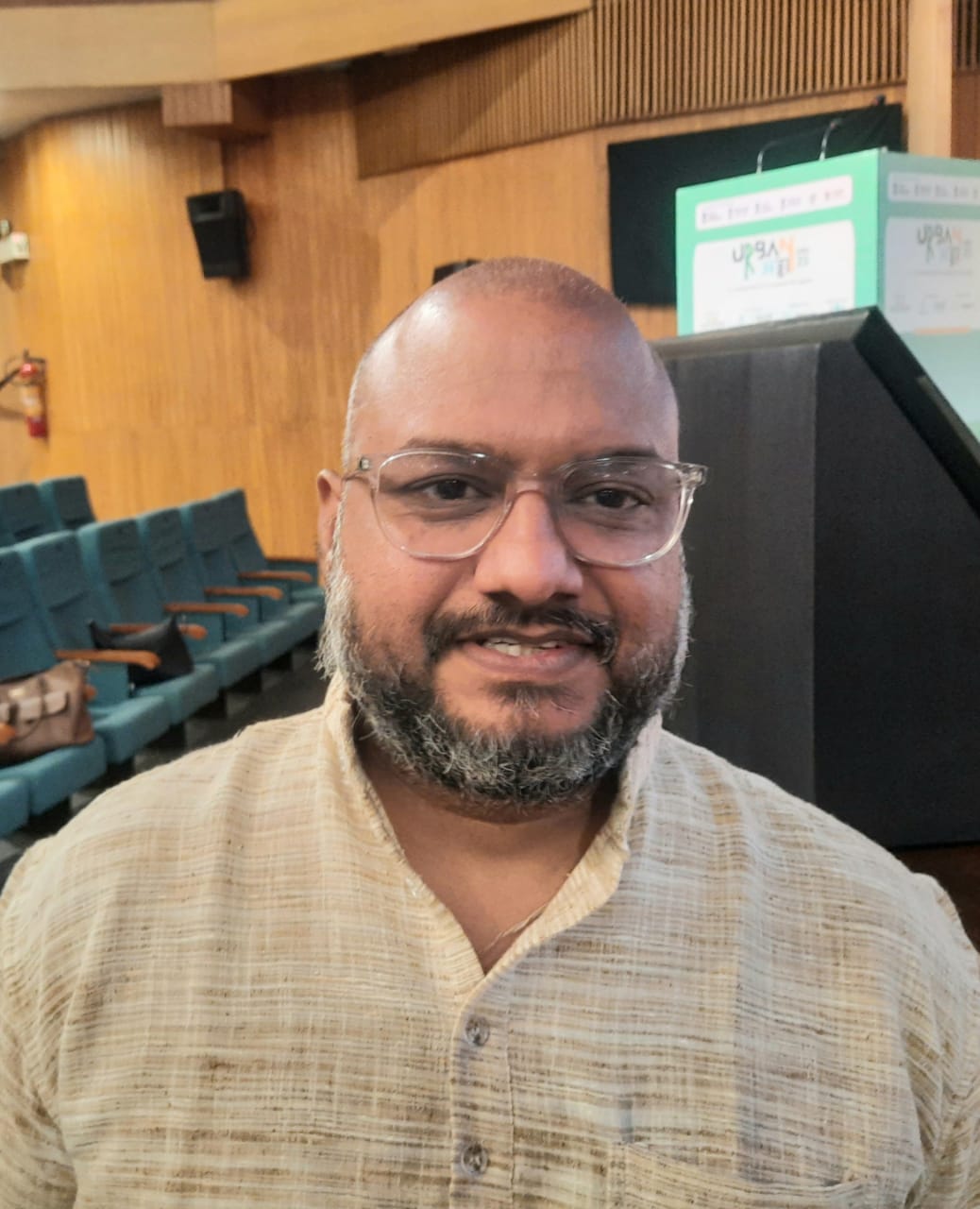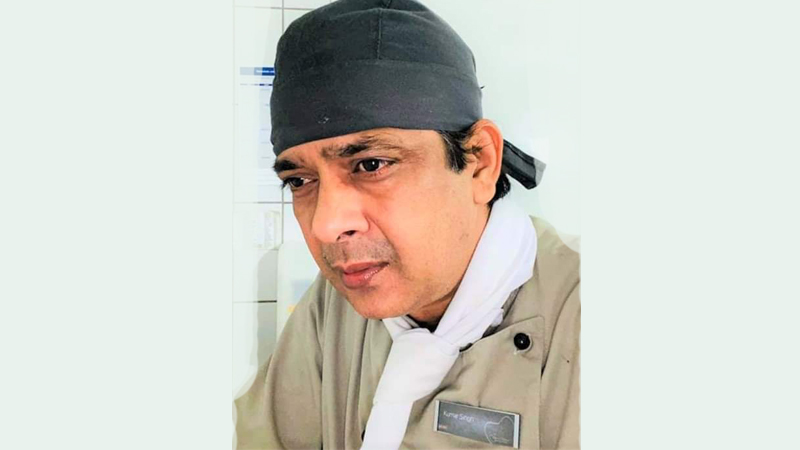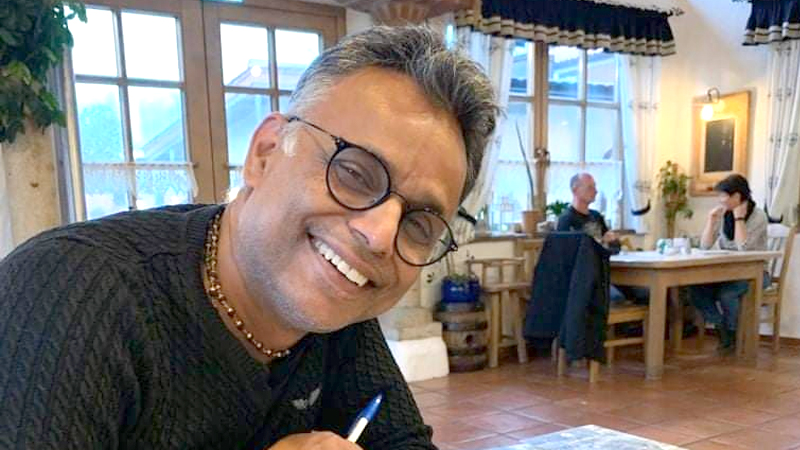Alka Singh Sengar, a contemporary visual artist based in Greater Noida, evokes the essence of nature and spirituality through her vivid and contemplative canvases. Born in 1967, she embarked on her artistic journey at B.R. Ambedkar University in Agra, later refining her technique through intensive programs at the National Gallery of Modern Art and Roopchand Fine Arts Institute in Delhi. In 2019, she immersed herself in a live-study residency at Jaipur House, which profoundly enriched her creative practice.
Her art springs from a deep well of figurative expression, often inspired by the silent eloquence of the natural world. Birds—particularly the iridescent sunbird and the majestic peacock—recur as potent symbols throughout her work. In her celebrated Morpankh series, she reimagines the peacock feather as a meditative emblem, a quiet bridge between the earthly and the ethereal. With a masterful command of acrylics and oils, Sengar composes radiant works that layer soft pastels over deep spiritual undercurrents.
Her recent solo exhibition, Whispers of Nature, held at the India Habitat Centre in June 2025, brought this vision to life. The show revealed her uncanny ability to conjure tranquil realms where divinity pulses gently through the cadence of nature’s design.
In an exclusive dialogue with The Interview World, Alka Singh Sengar delves into the inspiration behind Whispers of Nature. She reflects on the cultural and emotional resonance of her paintings featuring Sarus Cranes—birds revered for their grace and fidelity. She also underscores her extensive participation in both national and international exhibitions and notes a growing interest from collectors and art connoisseurs alike.
What follows are the essential insights from a conversation with an artist whose brush becomes a conduit for silence, spirit, and the soul of the natural world.
Q: Could you take us through the concept and highlights of your solo exhibition? What central theme or narrative does it explore?
A: I have participated in numerous solo and group exhibitions over the years, each a milestone in my evolving artistic journey. Most recently, I’ve been showcasing my latest solo exhibition at the Convention Foyer, India Habitat Centre. The display features a harmonious blend of watercolours, acrylics, and oils—each medium chosen deliberately to evoke a distinct emotional resonance.
At the heart of this exhibition lies my series titled Whispers of Nature—a contemplative ode to the natural world. The works burst with life, capturing the grace of birds, the fragility of blossoms, and the subtle interplay between flora and fauna. Through these elements, I attempt to translate nature’s quiet wisdom into visual poetry.
In addition, I’ve developed a separate series rooted in the principles of Vastu Shastra. Here, symbolic birds, trees, lotus blooms, and other sacred motifs become instruments of spiritual alignment. The golden fish, for instance, carries deep significance—believed to bring prosperity when placed at the entrance of a home. Similarly, the owl, a harbinger of wisdom, is considered especially auspicious when positioned in the northeast direction.
One of the most emotionally resonant segments of my work is dedicated entirely to the Sarus Crane. This majestic bird, known for its elegance and fidelity, serves as a powerful metaphor throughout the series. Altogether, my art seeks to balance aesthetic beauty with cultural meaning, inviting viewers into spaces where nature and symbolism breathe in quiet unison.
Q: What is the cultural or ecological significance of Sarus Cranes, and why did you choose to highlight them in your work?
A: Sarus Cranes are renowned for their deeply social nature and remarkable breeding behaviour. They embody loyalty, known to form lifelong bonds with a single partner. If one of the pair dies, the surviving crane chooses solitude over seeking a new mate—remaining alone for the rest of its life.
This unwavering fidelity makes them one of the most emotionally evocative species in the avian world. Typically, they appear in devoted pairs or in small, intimate groups of three to four. Their presence in the wild reflects not only ecological grace but also a quiet, poignant narrative of love, loss, and enduring companionship.
Q: Could you share how many exhibitions you’ve participated in so far?
A: I have participated in nearly 30 exhibitions, both nationally and internationally, each adding depth and dimension to my artistic journey. On the national stage, I’ve showcased my work extensively across major cultural hubs—Mumbai, Jaipur, and the Delhi-NCR region—exhibiting in almost every prominent gallery.
Internationally, my creative expression found a platform in Bhutan, where I had the opportunity to share my vision with a global audience. Each exhibition, whether at home or abroad, has allowed me to engage diverse viewers and cultivate a deeper dialogue between my art and the world it inhabits.
Q: What types of collectors or buyers are typically drawn to your work?
A: Art is inherently subjective, shaped by the diverse tastes and sensibilities of each viewer. It’s difficult to make definitive claims, as preferences vary widely. At times, buyers resonate deeply with my concepts; at other times, they seek something entirely different.
In response, I adapt with intention and sensitivity. I listen closely, understand their vision, and create accordingly. This balance between personal expression and commissioned work allows me to remain true to my artistic voice while honouring the unique desires of each collector.
